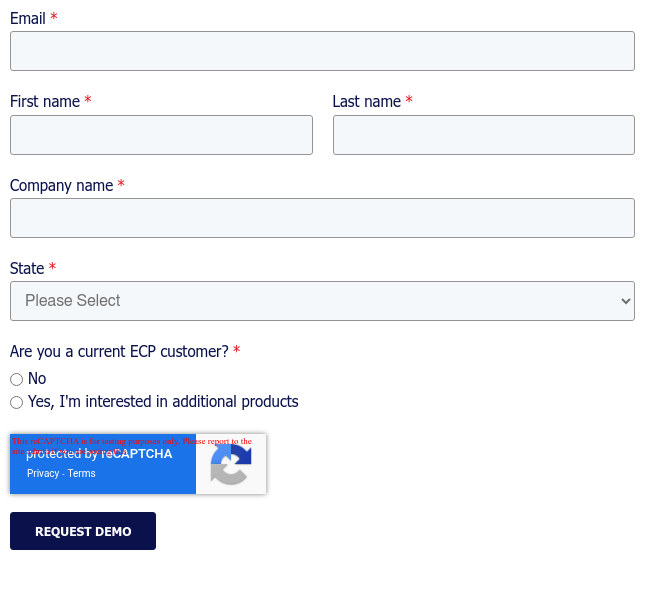Colorado Medication Administration Rules: QMAP vs. CNA-MED – Key Differences
When it comes to providing quality care in assisted living facilities, the roles and responsibilities of healthcare professionals are carefully defined. Chapter 24 of the Code of Colorado Regulations details specific standards for medication administration. Both the Qualified Medication Administration Person (QMAP) and the Certified Nursing Assistant-Medication (CNA-MED) may be administering medications, but they have distinct differences that play crucial roles in maintaining a safe and nurturing environment. In this blog, we'll explore how QMAPs and CNA-MEDs differ in Colorado assisted living settings.
Qualified Medication Administration Person (QMAP)
A QMAP is an individual who has undergone specific training to safely and accurately administer medications in assisted living facilities. QMAPs play a pivotal role in the healthcare team by ensuring that residents receive the right medications in the correct dosages and at the appropriate times. Their responsibilities may include:
-
Medication Preparation: QMAPs are trained to prepare medications, which involves accurately measuring dosages and organizing medications for distribution.
-
Medication Administration: QMAPs administer medications to residents as prescribed by healthcare professionals. This involves understanding various administration routes, such as oral or topical.
-
Documentation: QMAPs maintain accurate records of medication administration, documenting the time, dosage, and any observations about the residents' response to the medication.
-
Monitoring: QMAPs keep a watchful eye on residents for any adverse reactions to medications and promptly report any concerns to the nursing staff.
-
Communication: Effective communication is crucial for QMAPs. They need to collaborate with nurses, physicians, and other healthcare professionals to ensure the holistic well-being of residents.
A QMAP may administer medication on a PRN or “as needed” basis only if:
-
In a residential treatment facility (RTF) that is licensed to provide services
-
the Resident understands the medication's purpose,
-
the Resident can voluntarily request the medication, and
-
the assisted living residence has documentation from an authorized practitioner that using the medication PRN is appropriate, or
-
specifically allowed by statute
QMAPs are not permitted to administer PRNs to residents who do not understand the medications' purpose and are not capable of voluntarily requesting the medication.
Certified Nursing Assistant-Medication (CNA-MED)
A Certified Nursing Assistant-Medication (CNA-MED) is a certified nursing assistant who has undergone additional training and certification to administer medications in addition to their regular CNA responsibilities. The specific qualifications required for a CNA-MED may vary depending on the state and the facility's regulations, but generally, the following qualifications are common:
-
CNA Certification: Before becoming a CNA-MED, an individual must first become a Certified Nursing Assistant (CNA). This involves completing a state-approved CNA training program, which typically includes both classroom instruction and clinical training. After completing the program, individuals need to pass a competency exam to become certified.
-
Additional Medication Training: After becoming a CNA, individuals interested in becoming a CNA-MED must undergo additional training specifically focused on medication administration. This training is designed to ensure that CNAs understand medication safety protocols, various routes of administration, dosage calculations, potential side effects, and proper documentation.
-
Medication Administration Certification: Once the additional medication training is completed, CNAs can take an examination to become certified in medication administration. This certification demonstrates their competence in administering medications safely and accurately.
Their responsibilities may include:
-
Personal Care: CNAs provide personal care to residents, assisting them with activities like bathing, dressing, and grooming.
-
Medication Administration: CNA-MEDs have the additional responsibility of administering medications, ensuring residents receive their prescribed treatments accurately and timely.
-
Mobility Assistance: CNAs help residents move around safely, using proper techniques to prevent falls and injuries.
-
Emotional Support: CNAs often build strong relationships with residents, offering emotional support and companionship.
-
Observation and Reporting: CNAs observe residents' physical and emotional well-being, reporting any changes or concerns to the nursing staff.
Key Differences
The main differences between QMAPs and CNA-MEDs lie in their primary responsibilities and the extent of their medication administration training. QMAPs are trained to focus on medication-related tasks, while CNA-MEDs combine medication administration with the broader scope of CNA duties. Together, these professionals work in harmony to create a supportive and nurturing environment for the well-being of assisted living residents. Download the PDF on Colorado medication administration standards from the Department of Public Health and Environment for more information.
ECP helps Colorado assisted living residences and alternative care facilities stay compliant with specific regulatory and compliance regulations including medication administration. Please reach out to ECP at sales@ecp123.com or to request a demo here.
Note - The information provided on this website does not, and is not intended to, constitute legal advice; instead, all information, content, and materials available on this site are for general informational purposes only. ECP makes no warranties as to the accuracy of this content and does not commit to updating it as regulations change. Readers of this website should contact their attorney to obtain advice with respect to any particular legal or compliance matter.


